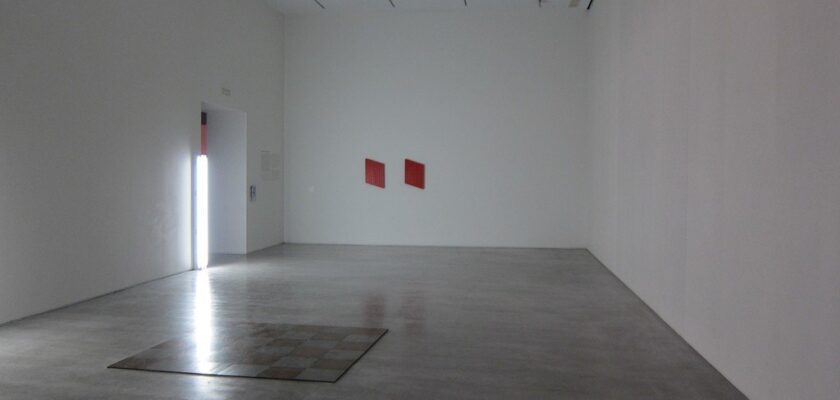Queen Sofia Art Center (Queen Sofia Museum)
Queen Sofia Art Center is a museum in Madrid, located in the former main hospital of the city, in a rather dilapidated area in the south of the city center, opposite the old Atocha station. The place is not the most attractive part of the city. The Queen Sofia Center opened in 1986, during the height of the Movida, the spirit of individual and creative freedom. It is home to Picasso’s famous “Guernica.”
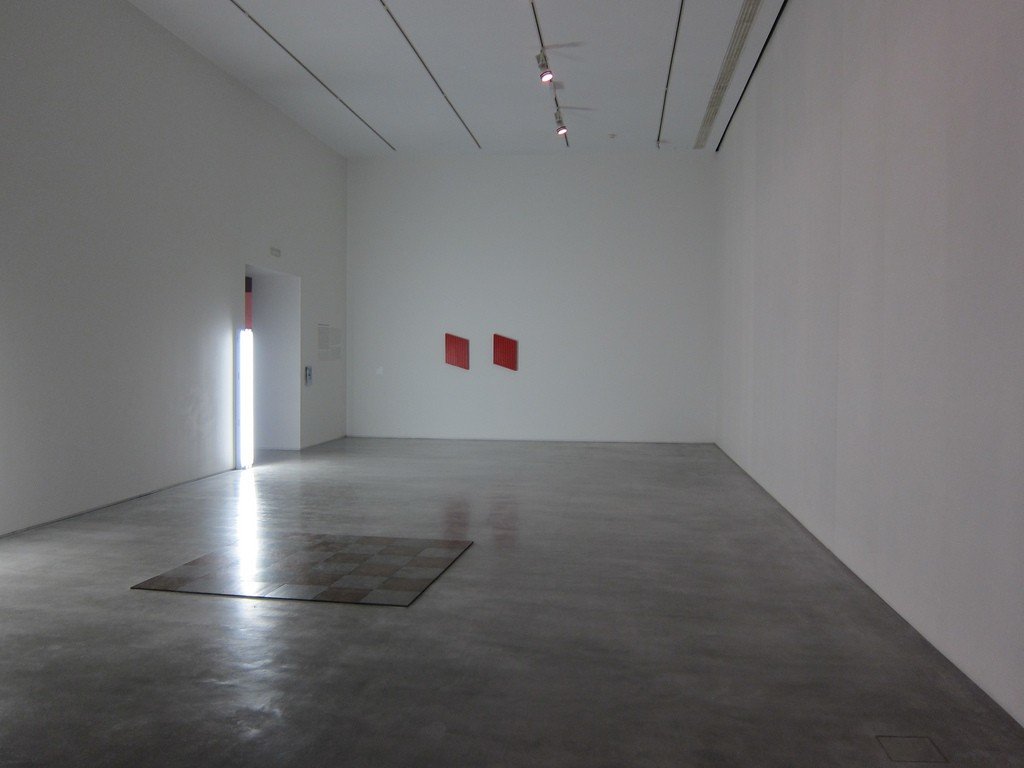
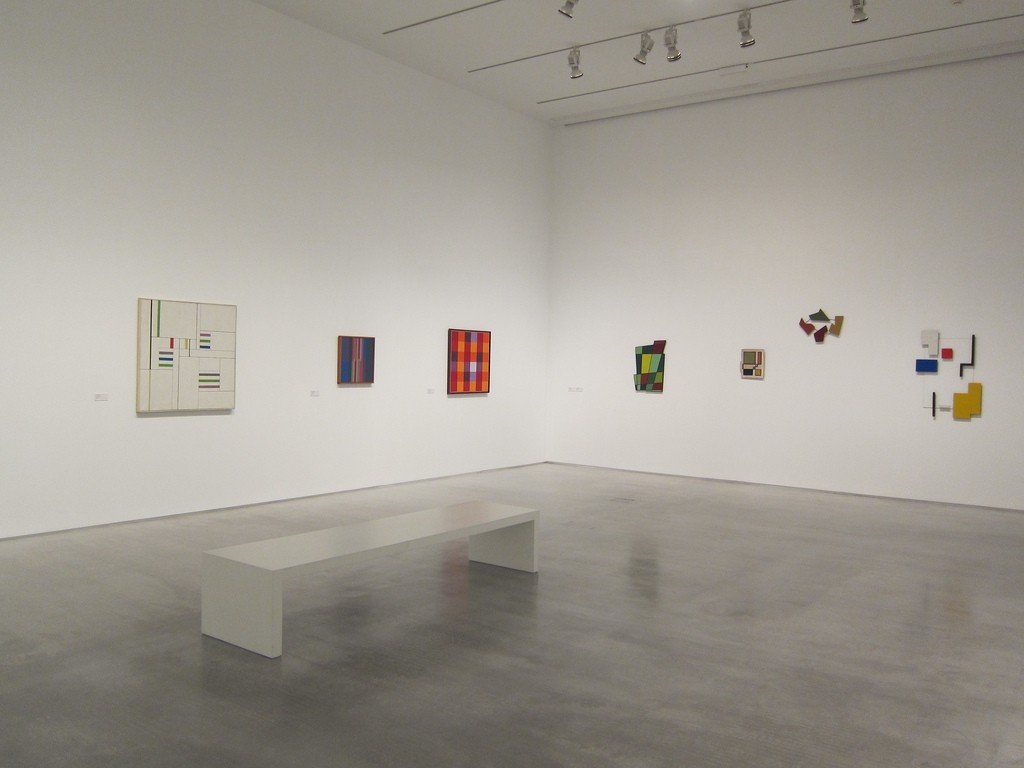
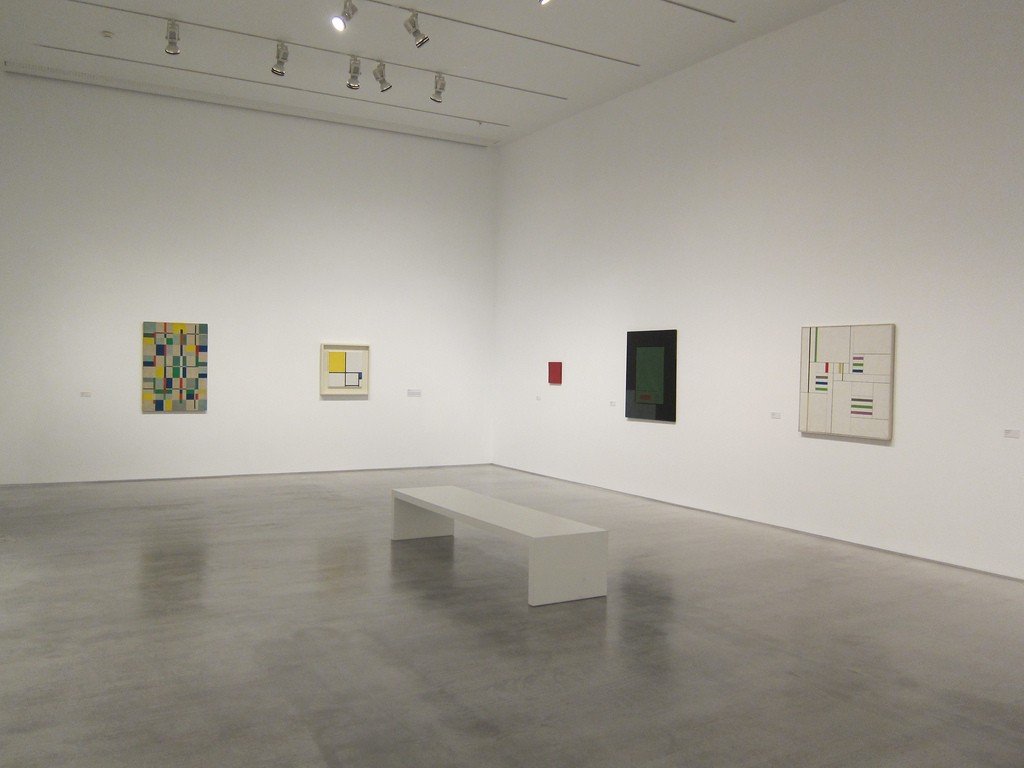
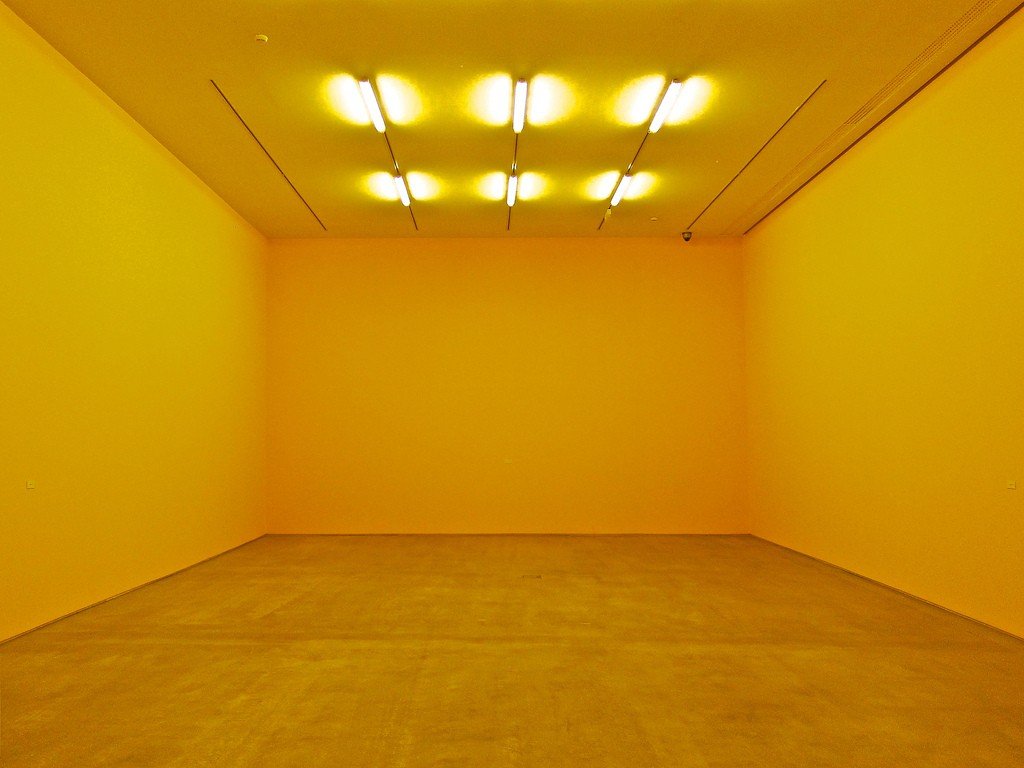
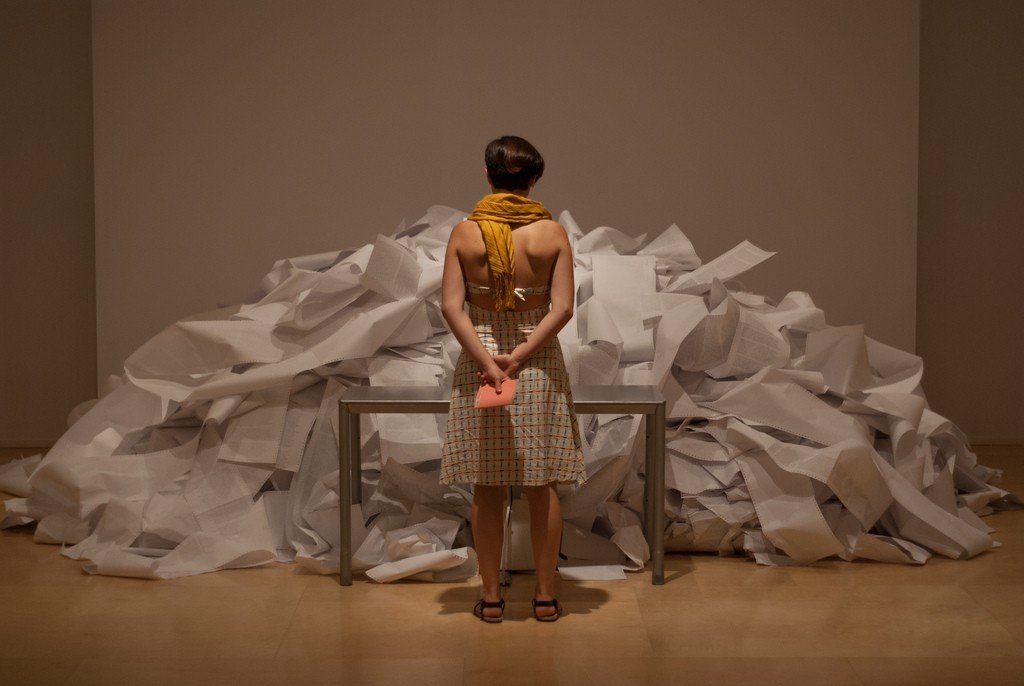
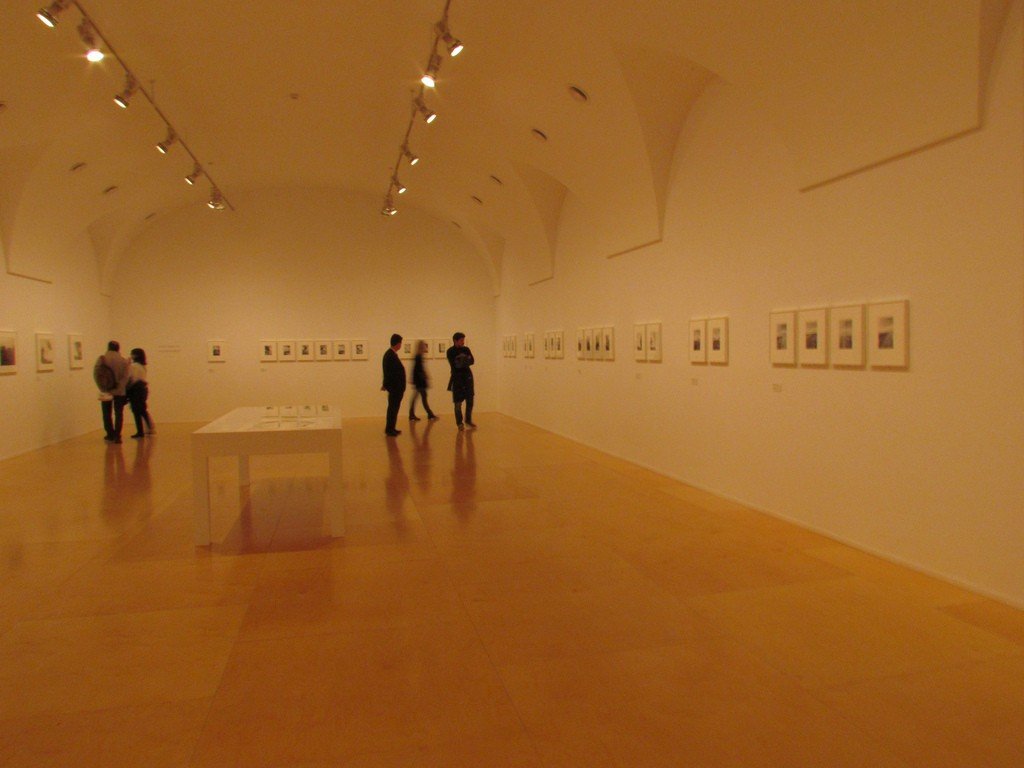
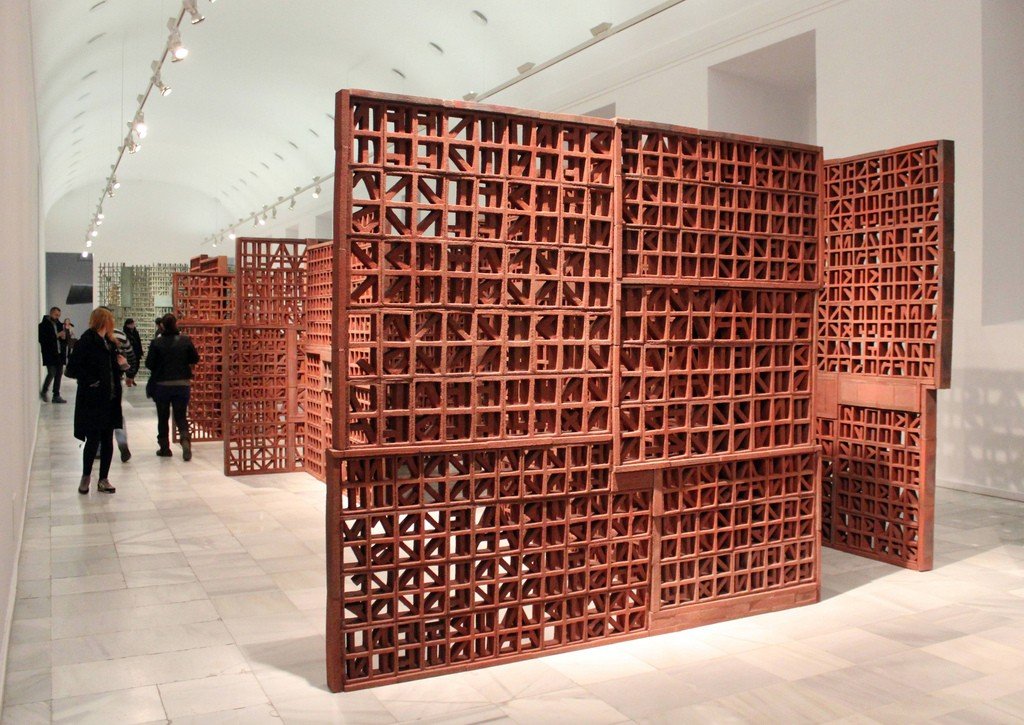
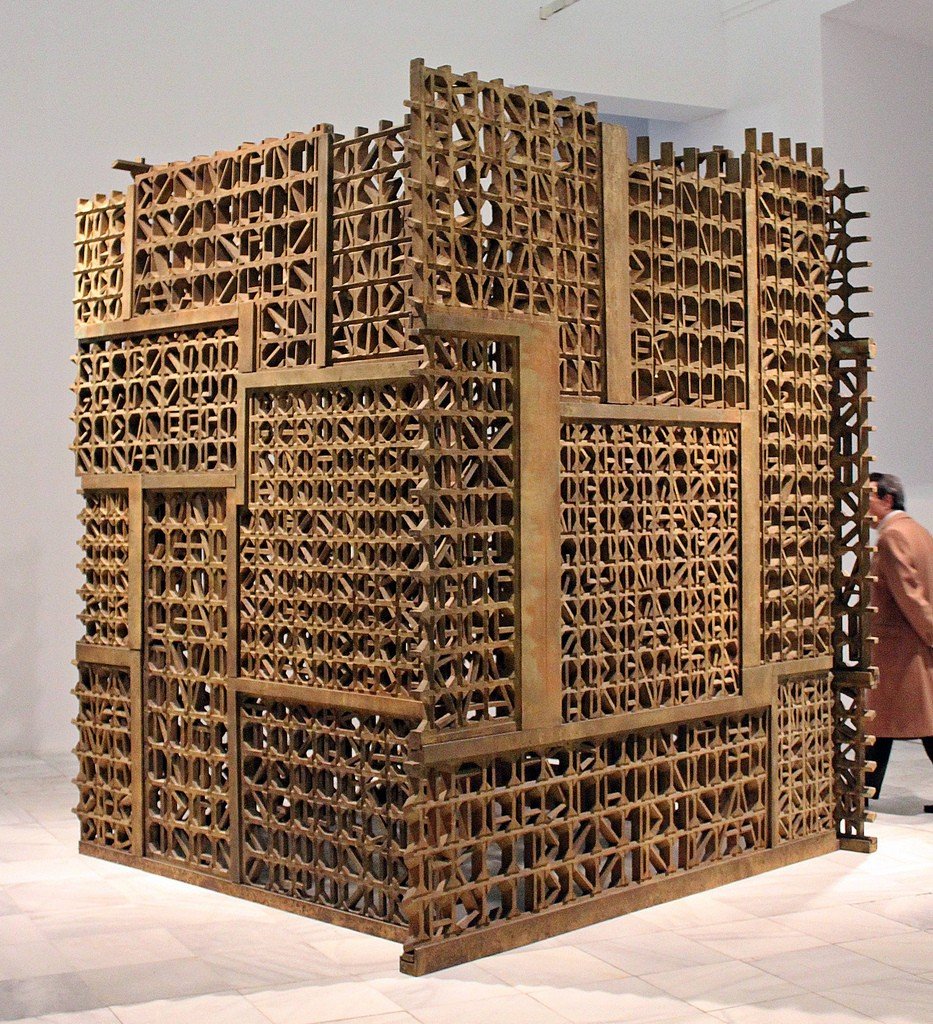
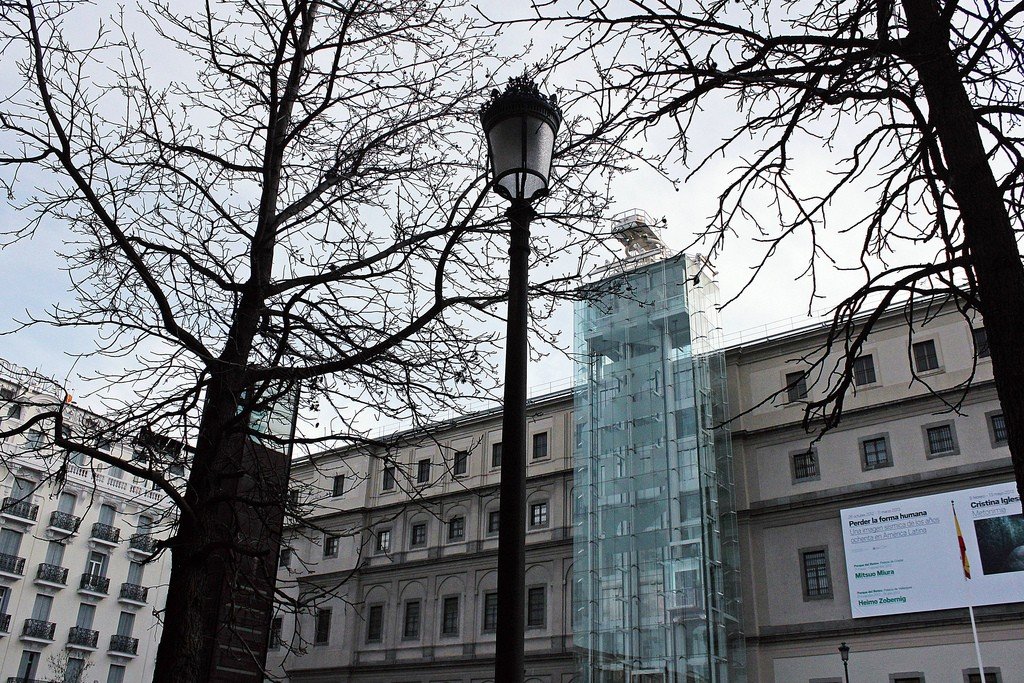
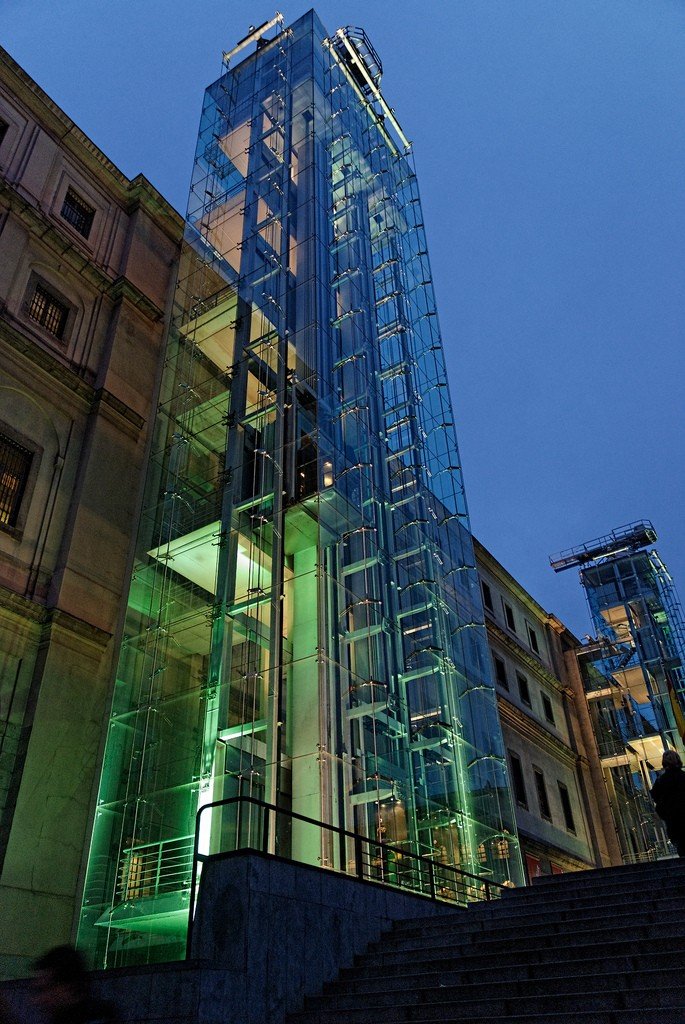
General information
The permanent exhibition focuses on Spanish art of the 20th century, but in an international context, richly represented by outstanding works by masters from other countries. The former 18th-century hospital has now acquired spotless white walls and suspended transparent elevators. To begin your tour with the birth of modernism, head to the 2nd floor, where 17 rooms display art from the early 20th century to World War II. At the turn of the century, Spain’s two main centers of artistic life, the Basque Country and Catalonia, gave the world artists such as Ignacio Suloaga, Francisco Iturrino, Ermenegildo Anglada-Camarasa and other post-impressionists. Madrid was the birthplace of the famous experimentalist José Gutiérrez Solano, to whom a separate hall is dedicated.
.
Hall 3 contains works by constructivists, cubists and dadaists. Take a look at the pure colors of Robert Delaunay (1885-1941) and his wife Sonia, as well as the geometric paintings of Joaquin Torres Garcia (1875-1949). Masters such as Juan Gris, Pablo Gargallo, Pablo Picasso and Juan Miró became world-famous; their works are in the adjacent rooms. Picasso’s monumental canvas Guernica (1937) is also here. The painting was painted by the master in fury after the German bombing of the Basque town of Guernica. Then there are Miro’s beautiful works, among them many sculptures, including “Moonbird” (1966). Sculptures also dominate the Julio Gonzalez Room, and Room 9 reflects the early period of abstractionism.
. www.museoreinasofia.esTel: 91 774 10 00Closed on Tues, after 12 noon and after 12 noon.Entrance fee.Free on Sat. after 12.00 noon, on Wed. before 12.00 noon, in the evenings on Mon-Fri.Metro: Atocha.Surrealists
Salvador Dalí’s paintings “The Remains” (1928) and “The Great Masturbator” (1929), will unmistakably indicate that you have entered the domain of the Surrealists. Room 12 is dedicated to the progenitor of Spanish surrealist cinema, Luis Buñuel (1900- 1983); his films are shown here.
.
Post-war period
The elevator takes you to the 4th floor, dedicated to the post-war period. Rooms 18 and 19 display figurative works and early canvases by Antonio Tapies (b. 1923), as well as geometric abstractions by Sergei Polyakov and more lyrical works by André Masson. Further on we can trace the process of formation of Spanish abstractionism. Foreign masters reappear in Hall 24. Here are beautiful works by Francis Bacon, Henry Moore, Graham Sutherland, Pierre Aleshinsky and Asger Jorn. The pinnacle of the exhibition is the brilliant work of Frenchman Yves Klein (1928-1962). His Italian associate Lucio Fontana (1899-1968), a master of sharp and precise drawing, is represented in Room 26.
.The energetic painting of Antonio Saura (1930-1998) stands out in Room 29, along with works by such foreign masters as Jean Dubuffet, Yves Klein and Mark Toby. Hall 32 features metal compositions by Pablo Palazuelo. American abstractionist Robert Motherwell (1915-1991) is included in a large section by the major contemporary Spanish abstractionist Tapies (Hall 33). In Halls 38 and 39, the vibrant paintings of Eduardo Arroyo are juxtaposed with the pop art of the Equipo Cronic group and works by other contemporary Spanish artists. The collection concludes with works by American minimalists (Dan Flavin, Ellsworth Kelly, Barnett Newman, Bruce Nauman, Robert Mangold, and Donald Judd with his breathtaking composition of open cubes) and sculpture by Basque Eduardo Chillida.
.